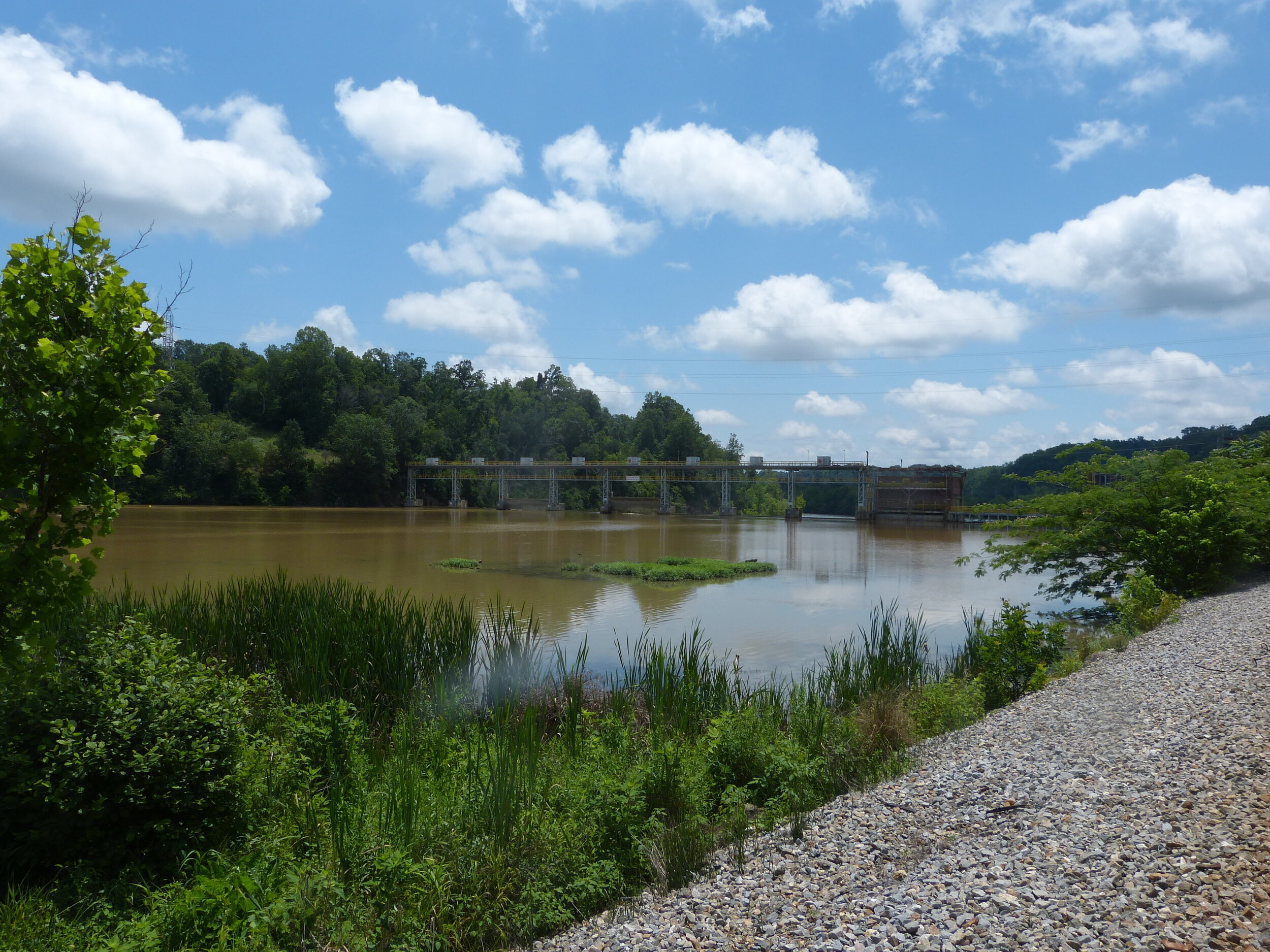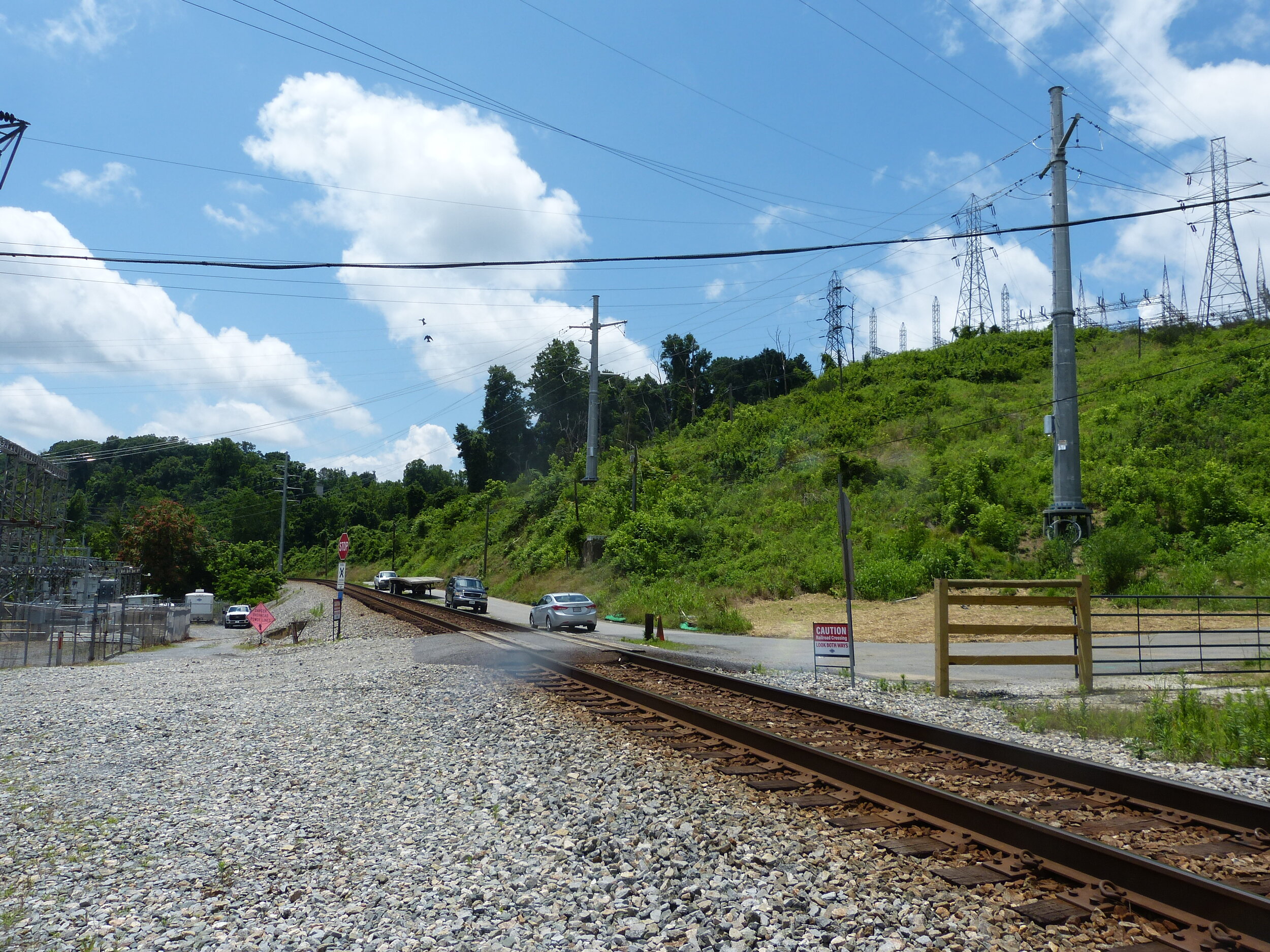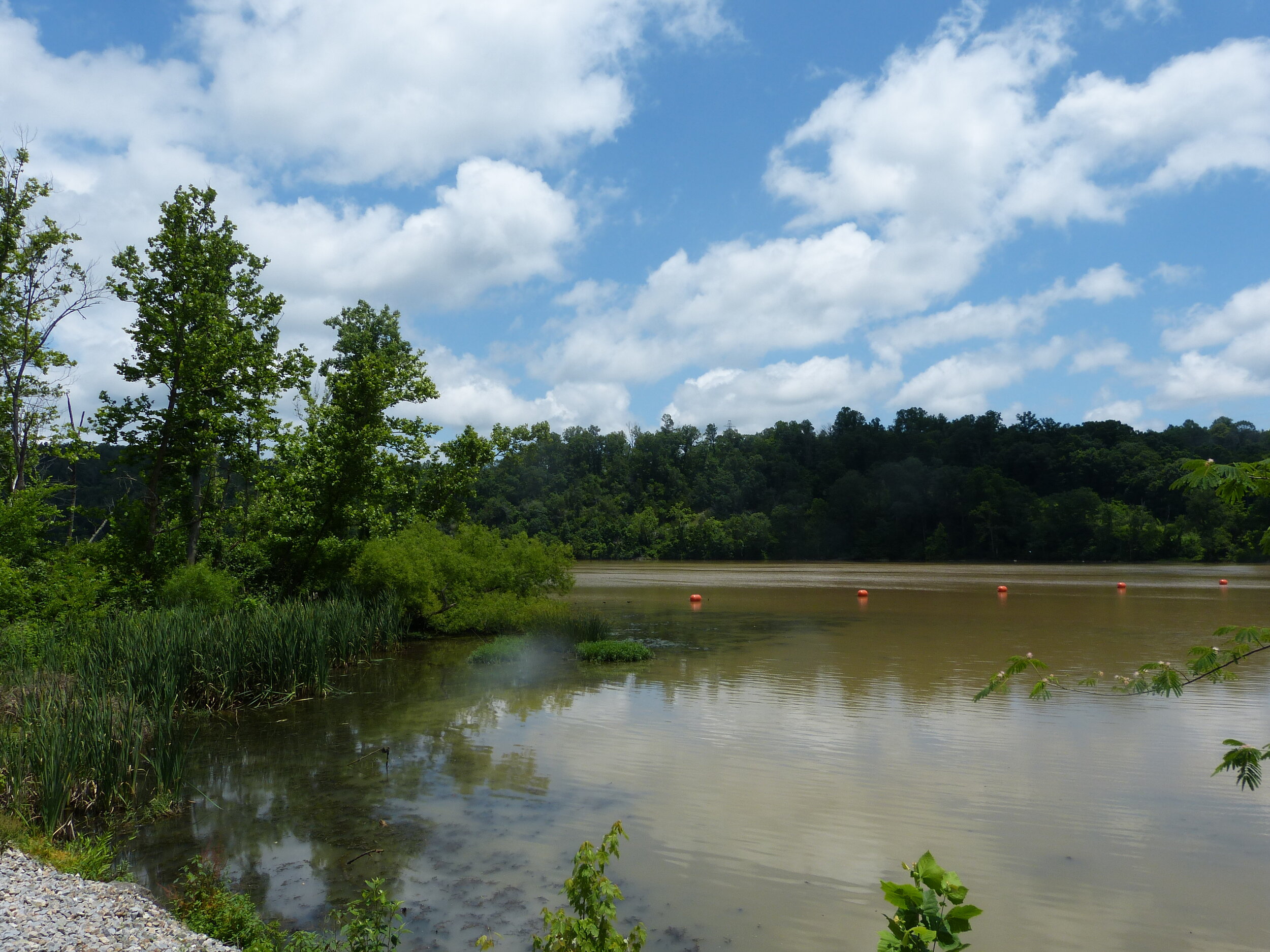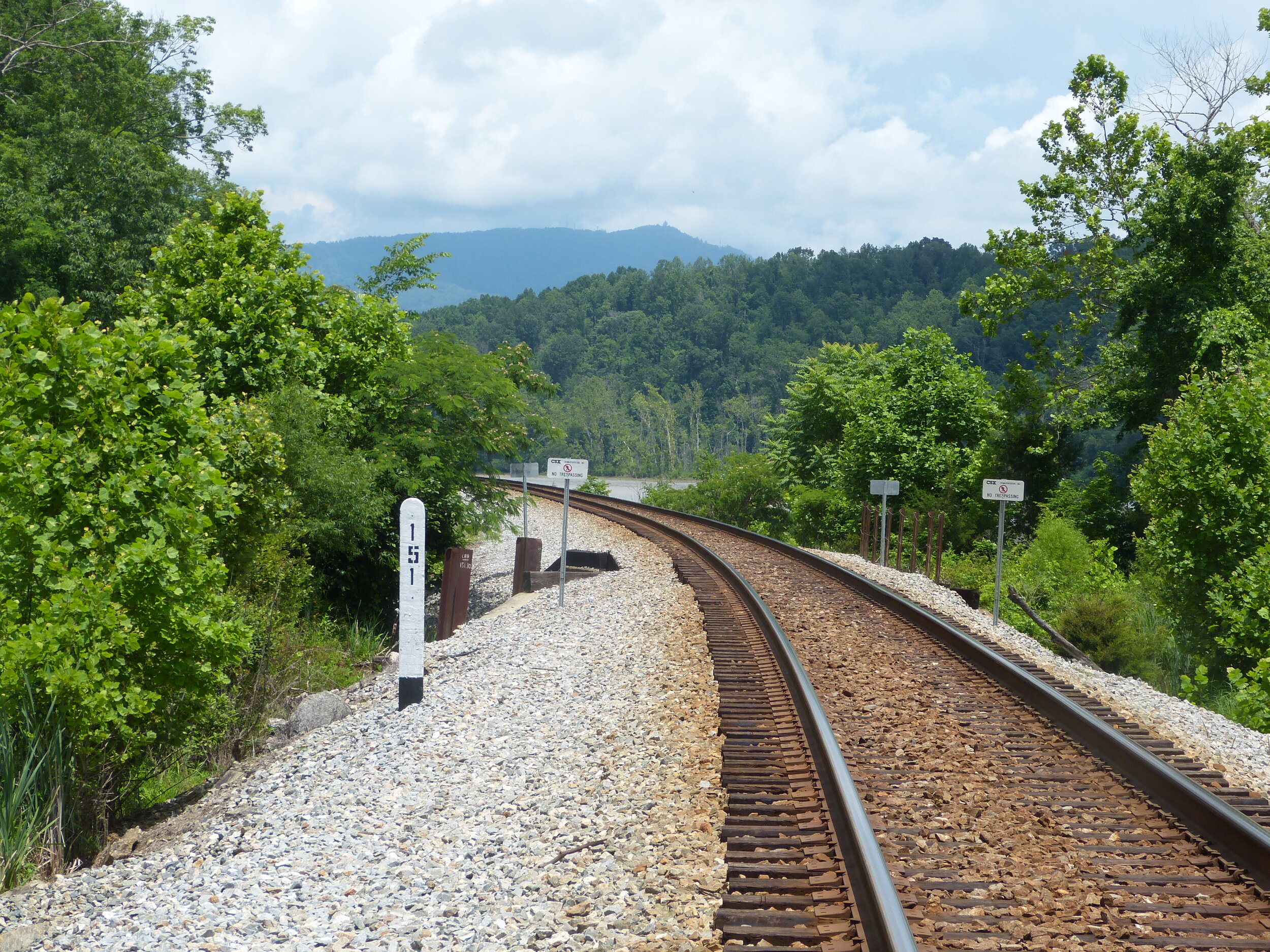The HumanKind property lies in northern Lynchburg in the Boonsboro neighborhood. Habitats are variable and include streamside forests, successional fields, ag fields, and a large white pine stand. One edge of the property is bordered by Westminster Canterbury, a retirement community that attracts winter finches that may also be found at HumanKind due to proximity.
Through the mosaic of fields that makeup HumanKind, winter can be a tad slow. Perhaps the best winter birds on the property are Horned Lark and Merlin that are uncommon, but show with more frequency then other areas of the city. In spring the activity picks up as the martins and Tree Swallows return to their nesting colonies. In February, Blue-headed Vireos and Pine Warblers return to the pine forest and in March woodcocks display on a couple of the overgrown fields. In April and May the riparian corridor that splits the property rolls a continuous stream of warblers, tanagers, vireos, and thrushes down a creek from a small farm pond. The fields become home to transient meadowlarks, Savannah Sparrows, and the occasional Grasshopper Sparrow. The property tends to be one of the best areas of the city for White-eyed Vireo, Yellow-breasted Chat, and Blue Grosbeak during the summer doldrums. Fall may be HumanKinds’ most productive season. At this time of the year the overgrown fields become a stopover spot for transient boreal breeders and up to 11 species of sparrow at any given time. The prominent position of the property with its open skies allows a great vantage point to watch for migrating raptors and passerines.
HumanKind is a fairly recently discovered spot and has yet to produce many rarities. It is notable that in fall Vesper Sparrows have been found here, and there is one record of Marsh Wren from the small farm pond. Though the location is new, it has a ton of potential to bring in a rare passerine.
Accessibility: Though this property is own by a private non-profit organization, the outdoor amenities (including the trails) are open to the public.
eBird Hotspot: HumanKind Campus Trails (formerly Presbyterian Home)
Owner/Manager: HumanKind
—Logan Anderson







